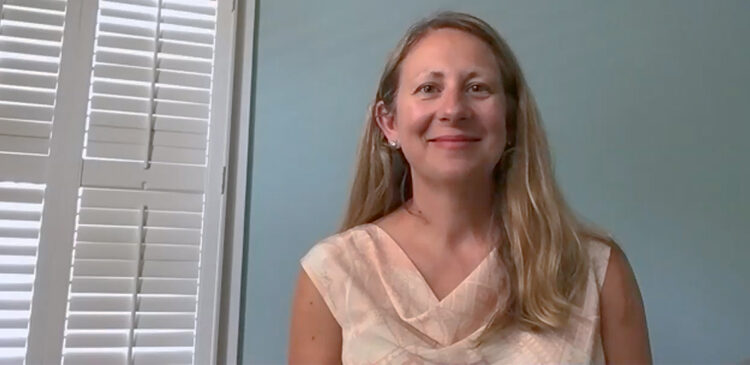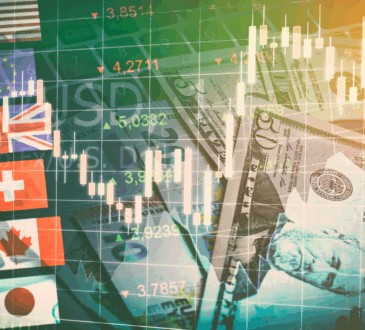
AB has been a longstanding proponent of investing globally within the bond markets, but understandably, many investors are questioning why they’d want to invest globally when so much of the non-US bond markets are trading with negative yield.
We advocate going global on a currency-hedged basis. So, in our view, US investors should remain in global bond markets because those negative non-US yields can be turned into an opportunity, thanks to currency hedging.
Hedging foreign currency back into US dollars accomplishes two things. First, it lowers the volatility of the portfolio while preserving global bonds’ diversification benefits. Second, in today’s markets, it can actually increase yield.
When buying a hedged global bond, you’ve got to look not just on the yield of the bond in its base currency, but also, consider what is the currency hedge going to give you or take from you? The currency hedge is basically selling cash in one geography and buying it back in the United States.
The cash rate here in the US is higher than in many non-US markets, which means that you’re picking up yield when you put on the currency hedge. And so, the low yields in Europe and Japan can be boosted by three quarters to half a percentage point when you put the currency hedge on today.
And while that seems low, with yields on government bonds and the domestic market today below one percent, that yield boost is significant and can put them much more on par with what you can get here in the domestic markets, and you still get that benefit of diversification.
And currency hedging can be implemented cheaply and efficiently in the currency-forward and future market. And in fact, the currency-forward market is among the most liquid markets in the world, making transaction costs very small.
So, the rationale behind going global remains solid, but the key is to hedge the currency. Looking deeper at the hedge deals, not just taking those yields you see printed in the news at face value.

